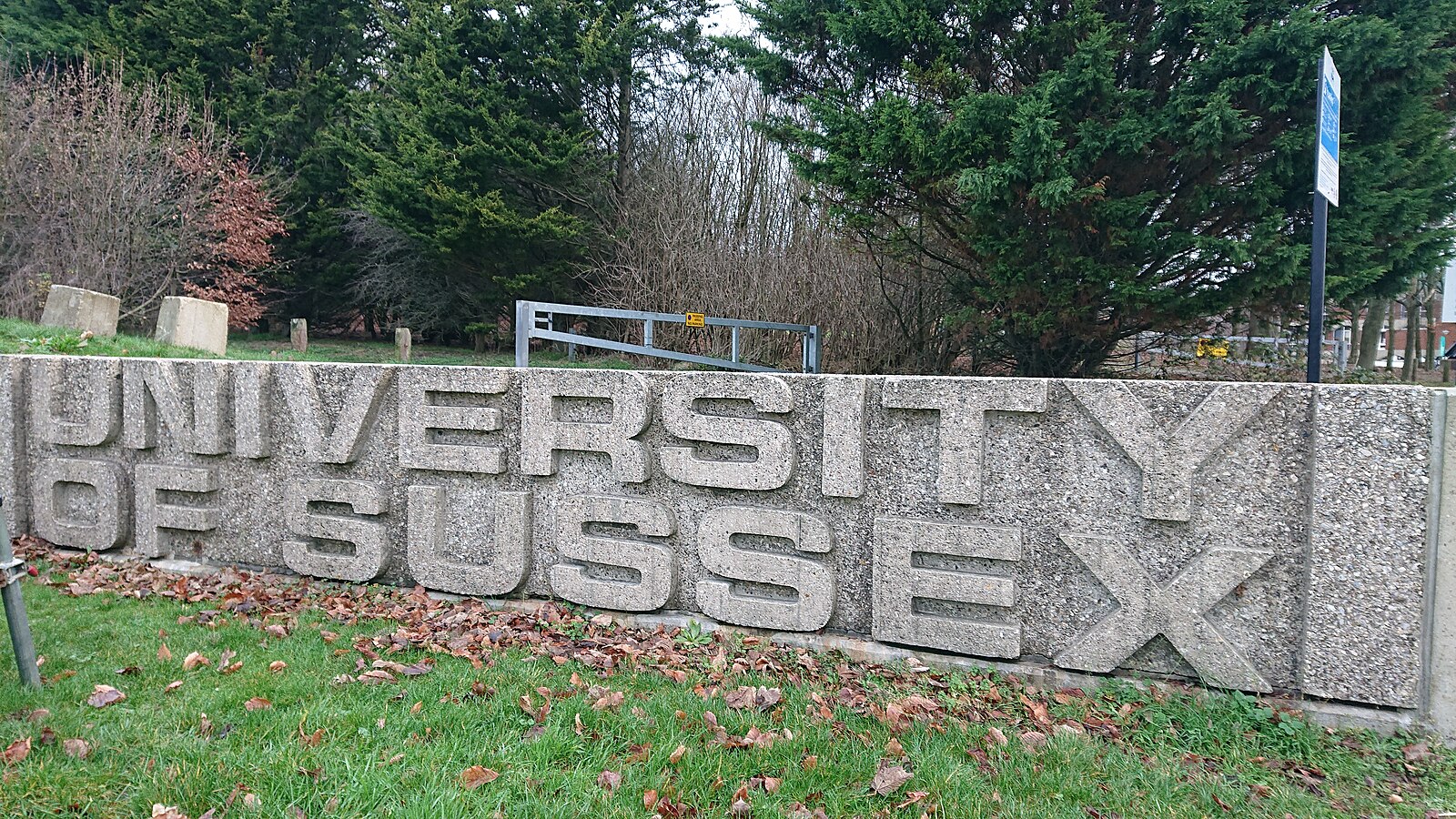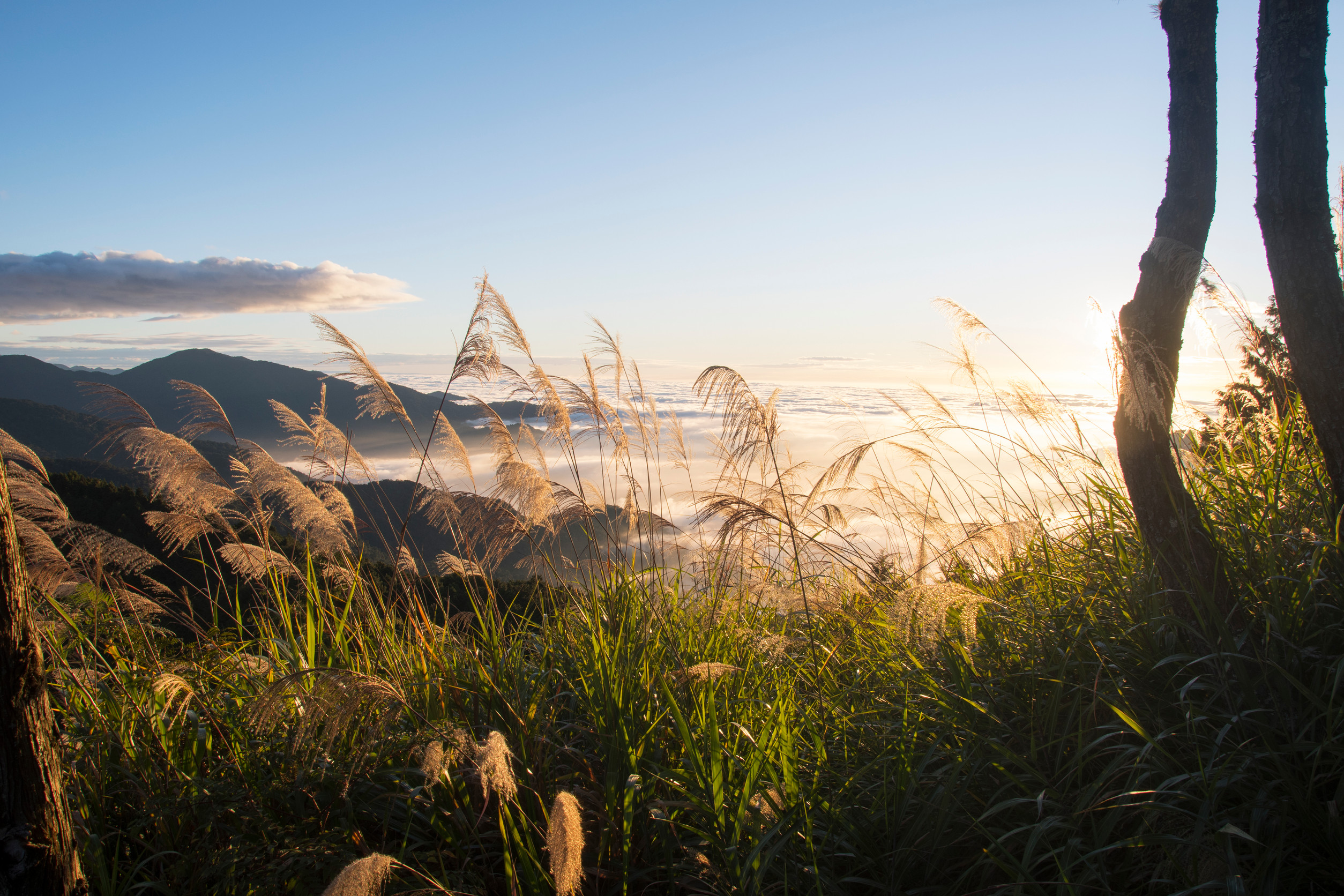Located in the far north of the Brazilian Amazon, Yanomami is Brazil’s biggest indigenous reserve, spread over 9.6 million hectares (23.7m acres). But its wild, mountainous forests are overrun by an estimated 20,000 wildcat gold miners, called garimpeiros.
For the people of the Yanomami, this has been a gigantic disaster, leading to the deforestation and pollution of big swaths of the Amazon forest. Beyond that, the garimpeiros have been known to get violent against those who oppose their destructive practices.
To help the Yanomami recover the gold rush, a project has been set up to create a sustainable alternative to profits from illegal gold mining. In the last two years, thousands of Theobroma cacao trees have been planted in the remote region with the hope that within a few years, rich, organic chocolate will be produced from the golden cacao fruit these trees bear. As it turns out, the area is perfect for cacao trees because there is ample shade, which they need to grow successfully.
The project – run by the reserve’s indigenous associations Wanasseduume and Hutukara with Brazilian non-profit group Instituto Socioambiental (ISA) – is ambitious, but experts say it is based on a potential commercial reality. Recently, The Guardian did take a dive into the Yanomami to see first-hand how the project is offering a new future to Amazon tribes. It’s a fascinating story, one that you can find right here.











